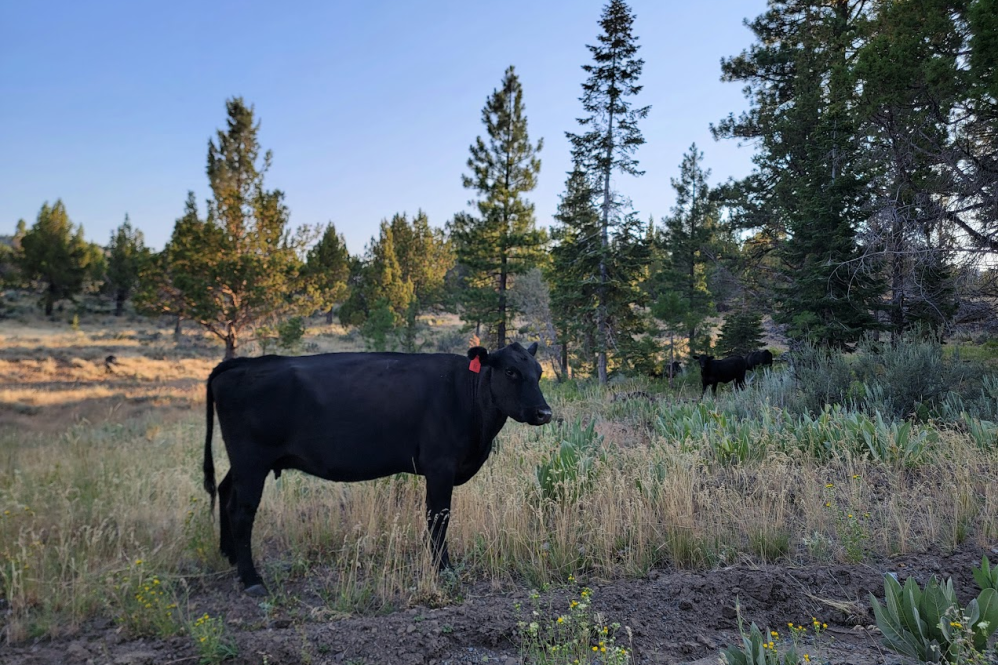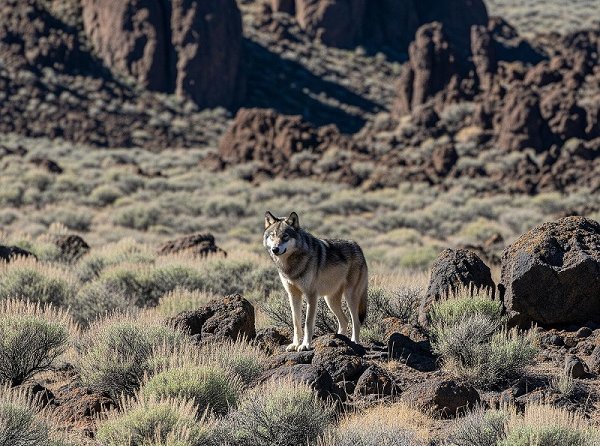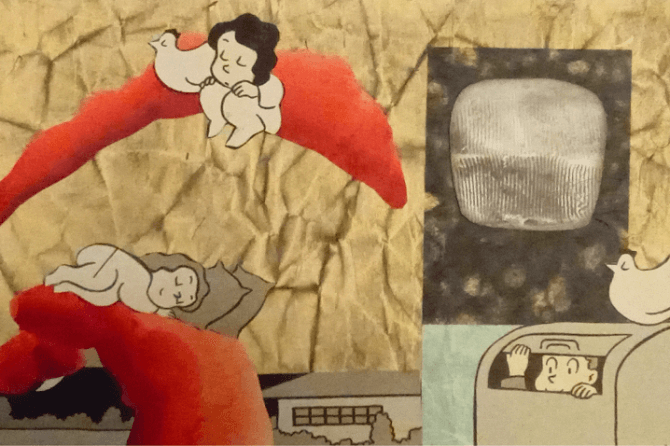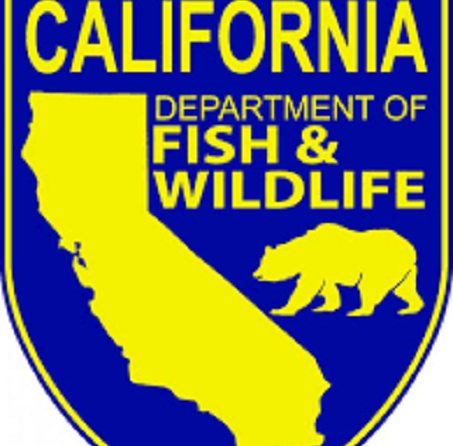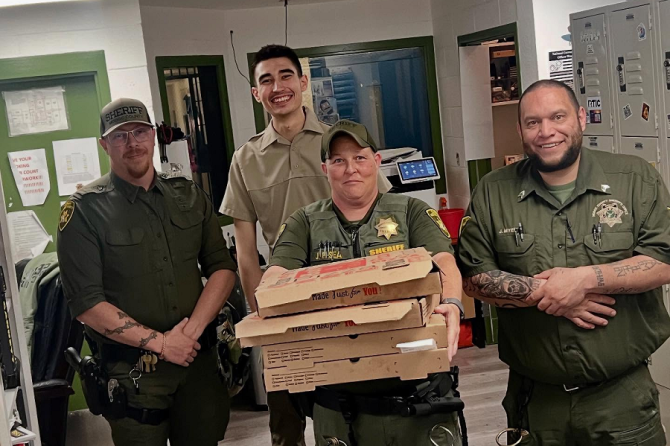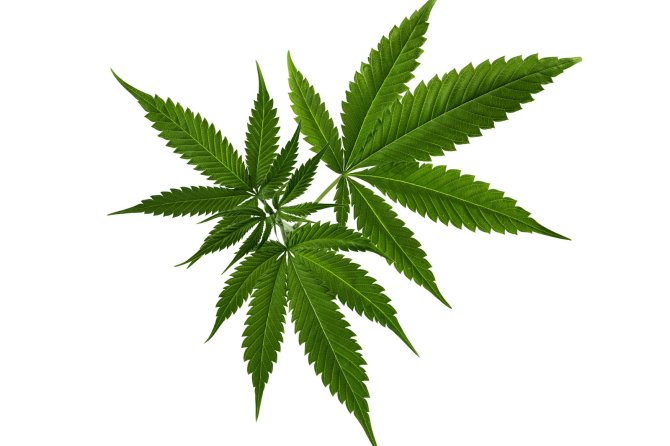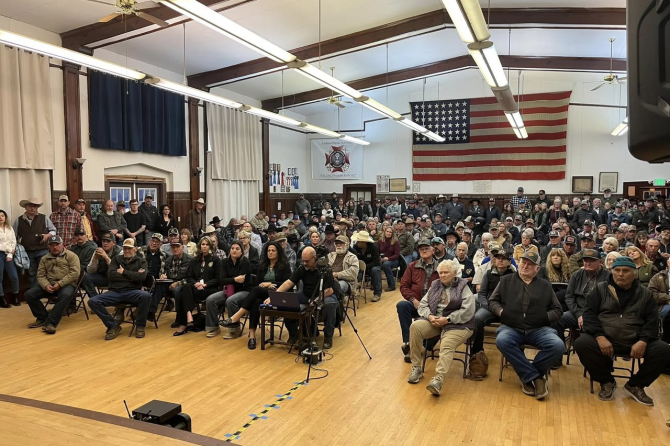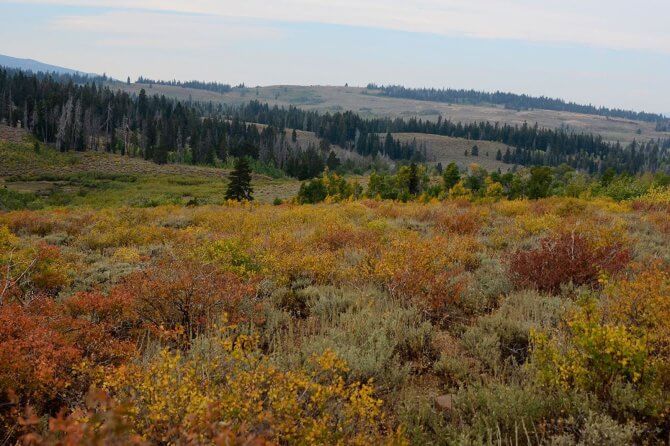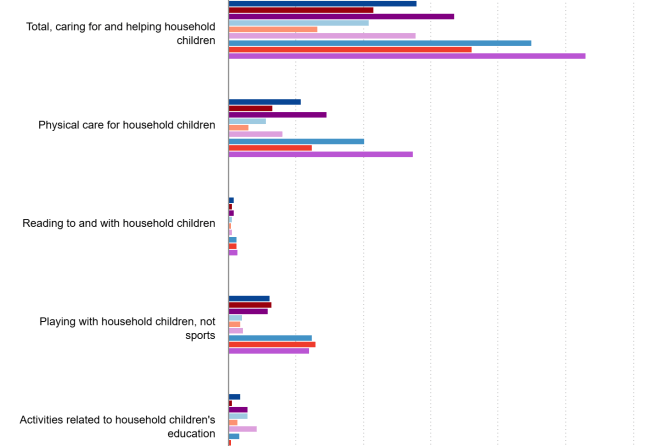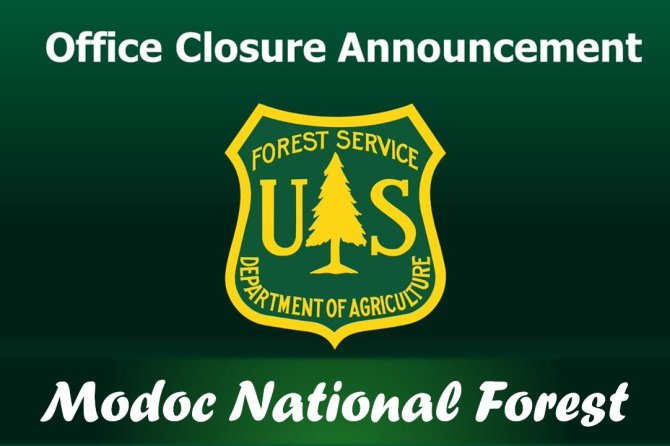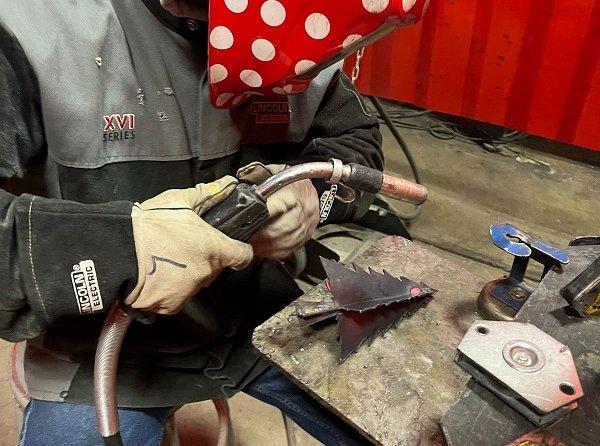Livestock grazing is proving to be a valuable tool in reducing wildfire risk, especially across California’s rangelands and in rural communities like Modoc County.
By consuming dry grasses and herbaceous plants, cattle help reduce fine fuels that can ignite and spread wildfires. Grazing also helps maintain open grasslands by preventing the encroachment of shrubs, which contribute to higher fire hazards. This is particularly important in the region’s sagebrush steppe and grassland ecosystems.
In neighborhoods such as the Cedar Pass Summerland Subdivision, open-range grazing provides more than just aesthetic value—it’s a practical, visible fire prevention strategy. Each year, residents note how grazing reduces hazardous fuels and improves fire safety around homes and infrastructure.
Grazing also supports the creation and maintenance of strategic fuel breaks. These grazed zones near roads, power lines and wildland-urban interfaces offer vital protection for Modoc’s remote and fire-prone communities.
Compared to other fuel reduction methods such as mechanical thinning or prescribed burning, grazing is often more affordable and easier to scale across large landscapes.
California’s rangelands have long been shaped by generations of ranchers. Today, livestock grazing continues to support biodiversity, healthy soils and fire-resilient ecosystems.
Supporting responsible grazing is not just about preserving a way of life. It’s an investment in public safety, environmental health and the resilience of the communities that depend on the land.

